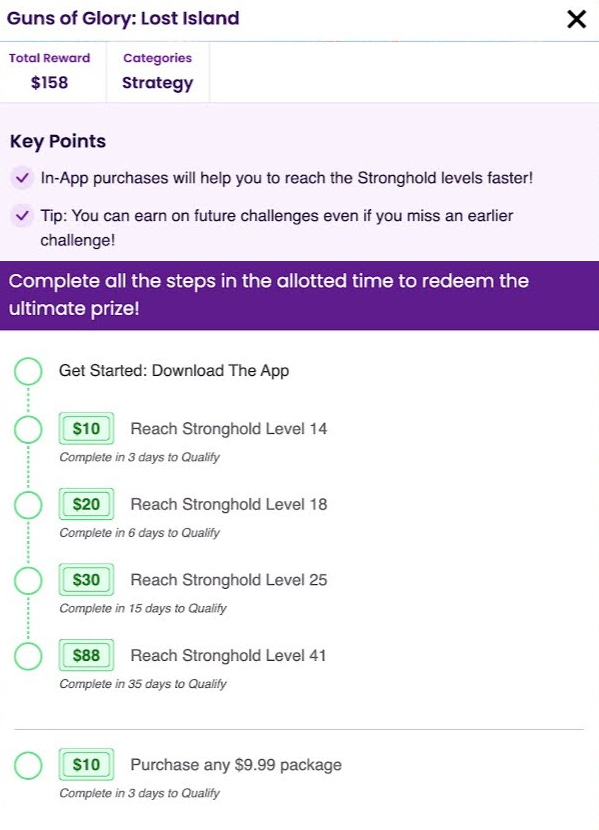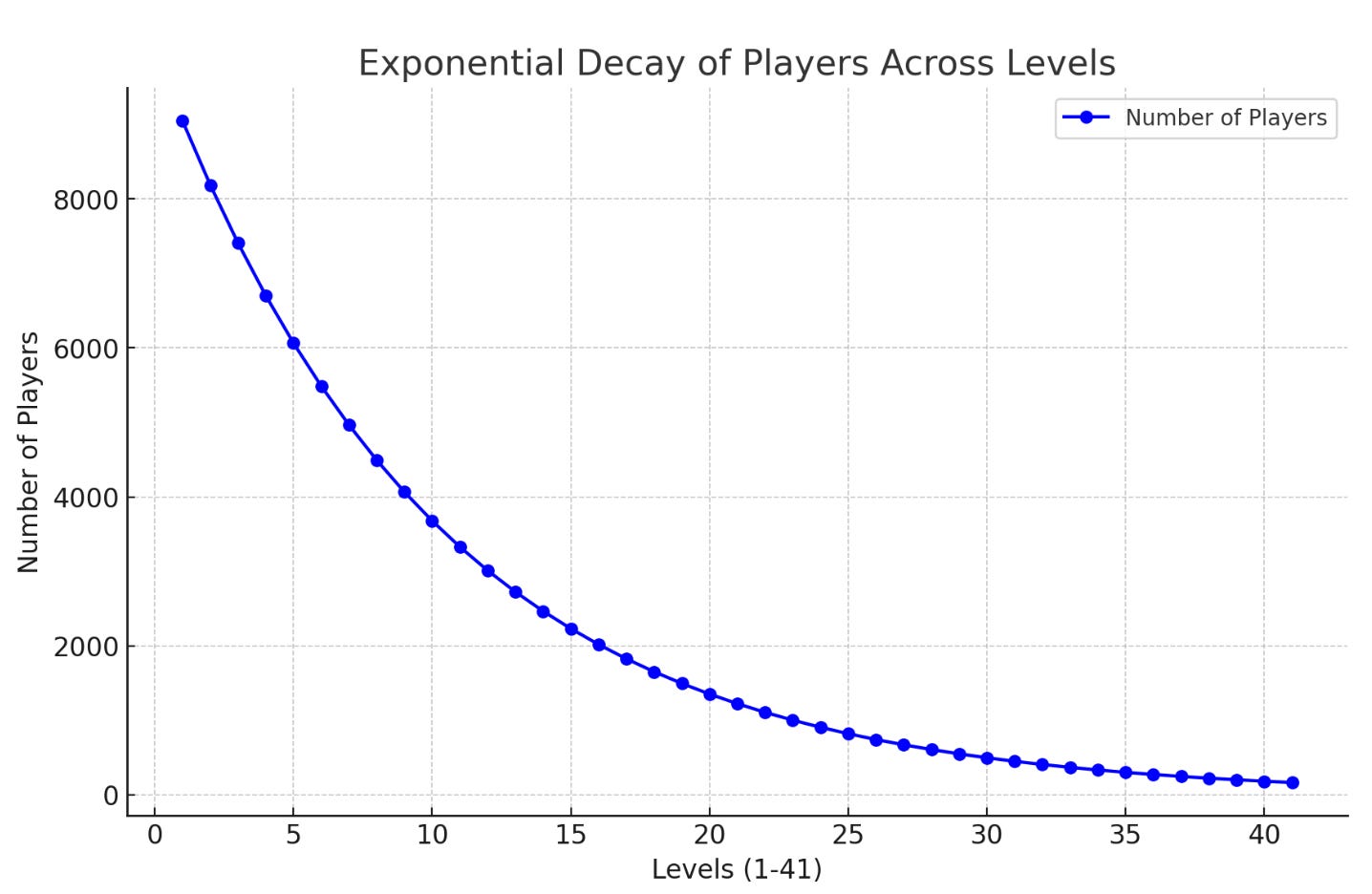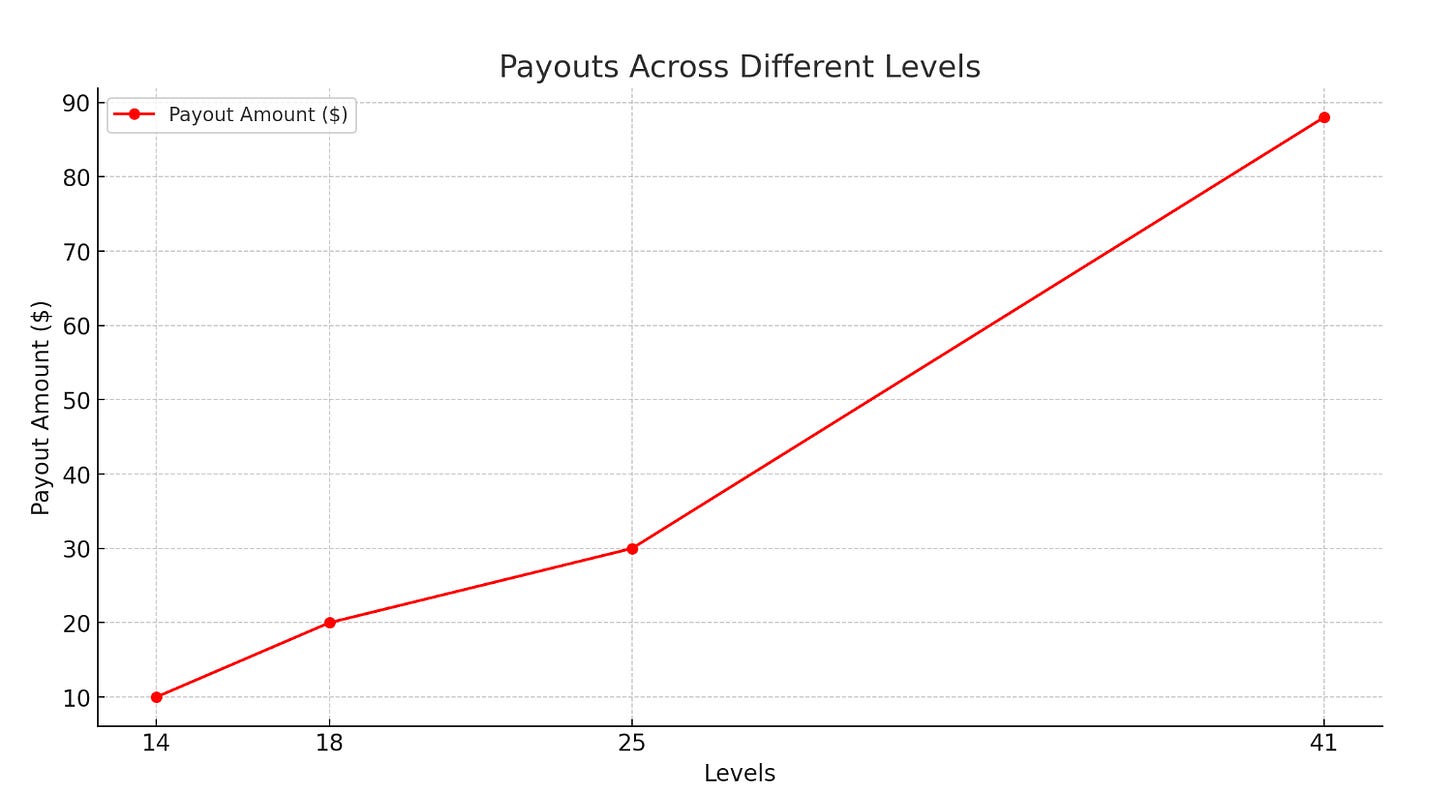
Why Your Incentivized F2P UA Campaign Fails
Journal 35 Paul Bowen September 22
Here is the link to the original article.
Why your incentivized F2P UA campaign failed (And how to fix it)
Imagine dedicating countless hours to launching your incentivized user acquisition campaign – negotiating terms, signing contracts, aligning on creative, and meticulously setting up attribution – only to watch it underperform. As a user acquisition manager, you know the sinking feeling of seeing the data trickle into your BI system, hoping for a turnaround that never comes. A month in, the decision is made: pause the campaign. It’s frustrating, disheartening, and feels like a colossal waste of effort.
But why did it fail? Incentivized advertising campaigns can go wrong for several reasons – some within your control, others not. The good news? Most issues can be fixed, and with the right adjustments, a reboot of your campaign can succeed where the initial one fell short.
Here are four reasons your incentivized campaign might have failed:
1. Fraud
Fraud is the top reason why CPE advertising campaigns fail. The high payouts associated with CPE events make these campaigns attractive targets for fraudsters who can easily manipulate the system, unlike traditional banner or video ads. By triggering specific in-game events, fraudsters can siphon money without generating real user engagement, effectively taxing both advertisers and ad platforms.
How to Fix It: Combatting fraud starts with the right tools and vigilance. Solutions like AppsFlyer’s Protect360 offer 3rd party fraud detection, helping advertisers identify suspicious traffic sources and block fraudulent activities before they drain your budget. Additionally, closely analyze your install data – look for sources driving high spend but delivering poor returns as install cohorts mature, key data points to dig into include: low ROAS, weak retention, or sudden drops in engagement, especially after players reach the deepest payout milestone in the campaign. Persistent issues in these areas often signal bot traffic.
2. CPE event selection
Choosing the wrong CPE events is a common reason campaigns fail. If an event is too easy, it won’t attract high-quality users genuinely interested in the game, resulting in low retention and poor long-term engagement. On the other hand, events that are too challenging or irrelevant can lead to high drop-off rates, as users abandon the effort when the task feels unattainable or misaligned with their interests.
For instance, setting a high-level requirement in a complex game may seem like a strategy to ensure deep engagement. However, many users may quit if the level is too difficult or time-consuming, leading to churn and minimal spending. Similarly, setting a high-priced in-app purchase as the CPE event can deter users if they view the cost as prohibitive or unrelated to their gameplay goals.
How to Fix It: Ad platforms often use a funnel approach, designing campaigns with a mix of events that gradually increase in difficulty. This approach keeps users motivated with earlier, attainable goals while guiding them toward deeper, more valuable actions. For example, in the Guns of Glory offer on KashKick, players are given 35 days to reach the deepest event (Level 41) but can earn incremental rewards along the way, such as reaching Level 25 within 15 days.

The key is to balance CPE events: they should be challenging enough to attract committed players but not so difficult that they discourage participation.
Ideal player-level progression on incentivized gaming campaigns follows an exponential decay trajectory, with fewer players reaching each subsequent level but showing a steady commitment throughout.
An example is given in the graph below.

If you notice significant player churn after a payout milestone, it’s a strong signal that the current campaign structure may need adjustments. Consider introducing more frequent, smaller payout events to keep players engaged or increase the payout for deeper events to maintain motivation. This approach helps bridge the gap between milestones, encouraging players to push toward the deepest levels without feeling disillusioned or losing interest.
Note for UA Managers: You may need to work with the product team on the game to get more events implemented through your attribution solution. This ensures you can provide your ad platform partner with all the events they need to create effective campaigns.
Note for Ad Platforms: The players’ goals must be clearly communicated for the campaign’s success. For example, it’s common for a game to have a player leveling system, let’s say a castle leveling system. Yet, the instructions might say, “Reach level 35,” without specifying that this refers to the castle leveling system. This can harm conversion rates, user satisfaction, and more.
The key is to strike a balance by communicating well-selected events that are challenging enough to filter for high-quality users but not so difficult that they discourage participation.
3. CPE event pricing
CPE event pricing is crucial to the effectiveness of rewarded campaigns. If the event payout is too low, it may fail to attract users or publishers, diminishing the campaign’s spending ability. Conversely, excessively high payouts can lead to low ROI for advertisers, making the campaign financially unsustainable. Balancing event achievement difficulty against payout is key to a successful campaign.
Let’s analyze KashKick’s pricing on the Guns of Glory offer above. The offer pays out $158 to users for completing all goals.

Most of the payout is tied to reaching Level 41, the deepest event. This structure suggests that KashKick views Level 41 as the best indicator of long-term monetization and retention. Additionally, incentivizing players to make in-app purchases achieves two objectives: 1) it accelerates their progression through the levels to meet payout goals, and 2) it helps players recognize the value of hard currency in the game, ideally fostering a purchasing behavior that persists over time.
How to fix it: When designing a pricing scheme for a multi-event gaming UA campaign, ad platforms (and advertisers) should consider several factors: 1. the time it takes to achieve events, 2. the conversion rate between events, 3. how predictive the event is of LTV. Ideally, the harder the event is to achieve, the higher the pricing. This increased pricing will generally follow an exponential growth trajectory, as we see in the example of the Guns of Glory.

4. Publisher/User Level Pricing
Publisher/user level pricing involves setting differentiated payouts based on the quality of publishers or user segments, considering factors such as historical performance, user base quality, and geography. Without this level of granular pricing, campaigns risk inefficient ad spend and diminished ROAS.
A weak correlation between publisher/user payouts and returns clearly indicates that a network lacks a proper understanding of publisher or user value. Ideally, ad networks should accurately predict where the most valuable users will come from and allocate higher payouts to those publishers or user segments. Without this, ad platforms might overpay for lower-quality traffic or underpay for high-value users, leading to missed opportunities and suboptimal campaign performance.
How to Fix It: to address this, incent ad platforms should implement pricing models that adjust payouts based on the quality of publishers and user segments. This can be achieved by leveraging data-driven insights to fine-tune payouts according to each publisher’s historical performance, user engagement, and predicted value.
Alternatively, platforms should provide advertisers with the tools to set custom payouts per publisher, empowering them to optimize their budget allocation across different publishers and user groups for maximum ROI.
Additional Factors to Consider:
While the four main reasons outlined above account for most failures in incentivized f2p UA campaigns, there are additional factors that can help incrementally boost performance:
- Creative Assets
Static and dynamic assets, such as gifs, icons, videos, and instruction pages, play a supporting role in communicating the offer. Although they are rarely the primary reason for campaign failure, optimizing these assets can enhance upper funnel metrics. Regular A/B testing of creative elements can improve pre-install engagement and conversion rates - Ad Platform Experience with Incentivized Campaigns
Ad platform reps with experience in running similar campaigns can provide valuable insights. Leveraging their knowledge of benchmarks on bids, event depths, and traffic sources from other games in the same category, they can guide more effective testing and optimization - UA Manager Experience with Incentivized Campaigns
UA managers who have managed similar campaigns can offer valuable lessons from previous successes and failures. Incorporating their insights during the design phase of a test campaign can significantly increase the chances of achieving positive outcomes - Localization
Clear communication is crucial, and localizing offer instructions can enhance understanding and engagement. Tailoring text to fit regional preferences and languages can improve upper-funnel performance
Conclusion
Launching an incentivized CPE advertising campaign can be complex, with significant opportunities for driving user engagement, but also many potential pitfalls that can undermine success. When campaigns underperform, it’s often due to a mix of factors such as unchecked fraud, suboptimal event selection, imbalanced event pricing, or ineffective publisher/user-level pricing strategies.
However, these challenges can be managed with the right approach. By leveraging robust fraud detection tools, collaborating closely with the ad platform to refine event selection, adjusting pricing to align with the true value of user actions, and implementing more dynamic publisher payout strategies, you can turn a struggling campaign into a powerful user acquisition tool.
So, don’t rush to pause the campaign when your BI dashboard shows disappointing results. Instead, analyze the data, pinpoint the weak spots, and implement strategic adjustments. With careful optimization, even a stalled campaign can be revitalized to deliver solid ROI, bringing your incentivized advertising efforts back on track.







